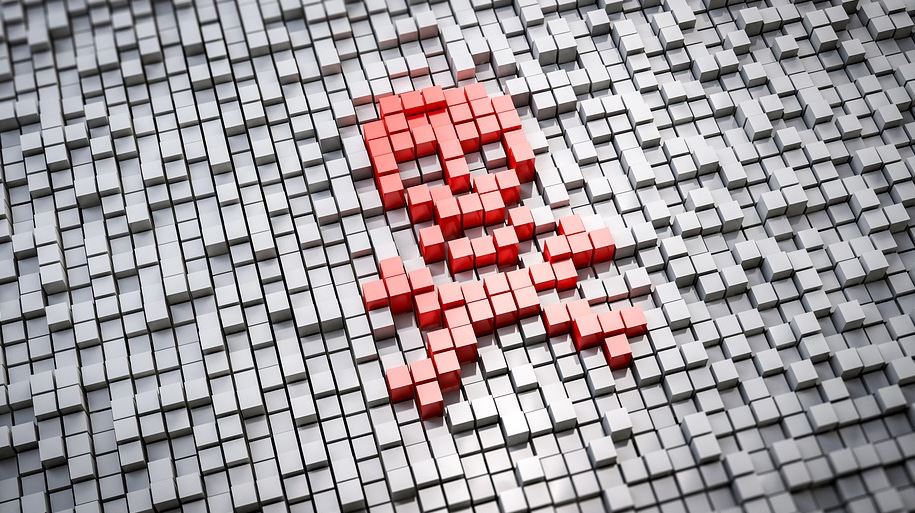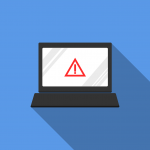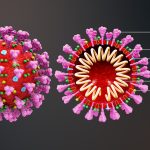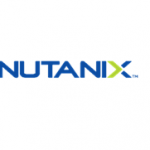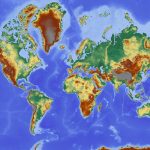During HIMSS’ digital health summit for Malaysia, CEO of AIME INC and committee member of Selangor state’s COVID-19 task force, Dr. Helmi Zakaria, shared about how the state government’s digital contact tracing app, Selangkah, came to be.
Much has been said about the different methods of digital contact tracing. Bluetooth-based contact tracing has been mentioned the most.
“But I know from the very beginning, in a Malaysian context it has many restrictions,” Dr. Helmi said explaining that for one, not many people have smartphones, not to mention there were issues with interoperability.
“So, we decided to go back to basics,” Dr. Helmi said.
“My idea was what if everyone just leaves an attendance log at whichever premise they visit?
“What if all these logs can be searched digitally?
“And the other question was, would people be (more) willing to share their location data intermittently, only when they are in certain public spaces rather than being continuously monitored by an app installed on their phones?”
The answer to all these questions was a simple digital log system that used QR technology. So every shop and premise was assigned a unique QR code for visitors to scan when they visit. When they do so, their phone numbers would be logged, along with other contextual information like location and time, of course.
The visitor’s name would be recorded during the first time they use they use the app. Subsequently however, Dr. Helmi said, “There are no other personal information tied to it. So, it’s a collection of phone numbers, like a fingerprint of phone numbers at every premise.”
How is the data accessed?
If later on, someone is found to be infected, a health personnel would tap into the ‘data lake’ of phone numbers to track the other visitors to the store, based on the crucial time that the patient visited the store.
For a contact tracing ecosystem to be effective there has to be significant take up; one study cited take up by 60-percent of the population, but that figure is being debated by the experts.
“What I can share however is that the state of Selangor has a population of 6.2 million. And as of today we have 5.9 million individuals joining in on this contact tracing initiative,” Dr. Helmi shared.
Do note however, that this app can be used by participating stores and premises nationwide, and not only within the state of Selangor.
It works
This QR-based technology is by no means is perfect, but we can’t let perfection destroy a good enough innovation, Dr. Helmi pointed out.
Up until today, digital attendance logs amount to 30 million according to to the doctor. “But the number of cases in Malaysia is quite low. And within this data lake of 30 million logs, we were able to trace up to 225 patients, and another 1075 contacts.
“So, when it comes to contact tracing, it’s not about how big your data lake is but how efficiently you can find that ‘network’, that ‘link’ (between persons of interest) in so much volume of data.
“if I were to speculate, the very fact we were able to identify 225 patients, we have been able to prevent a potentially bigger outbreak of up to 3.5 times more patients, based on the reproductive rate of the coronavirus,” Dr. Helmi shared.
Data analytics for accurate and granular decisions
By tapping into different sets of non-healthcare data, the taskforce was able to create a prioritisation map of where the population at risk, are mostly concentrated.
Dr. Helmi wanted to point out data like the elderly care scheme dataset and pensioner fund database, were managed in siloes before the pandemic.
But the coronavirus outbreak had caused pressure to create a quasi-open data platform.
Perhaps due to this, as early as 13th April, the task force was able to come up with area profiling and risk ranking for Selangor. With this, they were able to execute detection of active cases.
When a cluster of cases take place in a neighbourhood, they were able to identify other neighbourhoods that would face a similar magnitude of ou
He said, “In practice, this helped us to allocate our limited testing kits more efficiently. It allowed us to have more granular lockdown at neighbourhood-level with more manageable numbers to distribute aid to, it allowed us to do door-to-door screening even though we had very limited test kits.
“More importantly, it allowed us to catch early budding cases before it transformed into a bigger cluster of patient cases.”
Something worth noting is that 80-percent of cases identified were asymptomatic. There were people walking around not realising they were carrying the virus and able to transmit it to other people. But they were caught early and isolated from early on, so the rest of the community could re-open as early as time permitted, Dr. Helmi said.
So, a collaborative data sharing network with non-health players was very beneficial at enabling all these to happen.
Linking data sets
The data to make decisions as accurate as possible are not just contained within the health system, but other systems like urban planning, education, and so on.
Under the MCO, a special committee had been established and granted the mandate to acquire data even from another agency, for the purpose of fighting COVID-19.
In Malaysia, any collection and analysis of data, as long as it is not for commercial purpose, and as long as it is conducted by the State government or related agency, is usually excluded from the PDPA, the country’s Personal Data Privacy Act.
Dr. Helmi concluded, “We rarely have cause to collect and analyse data. This is one of the time, we were able to put that into practice.”


